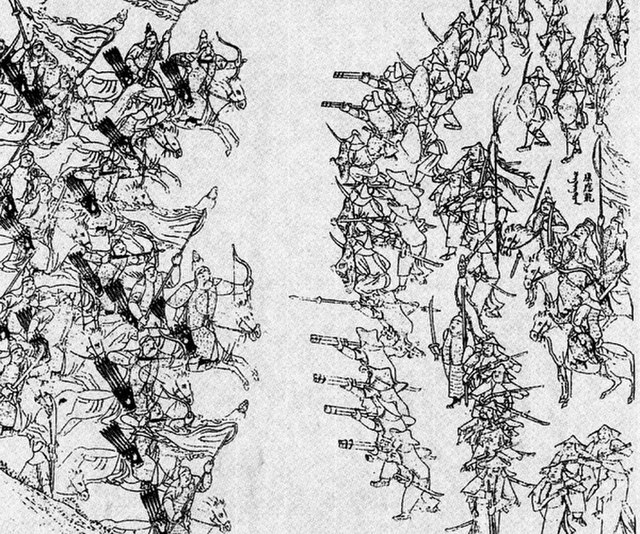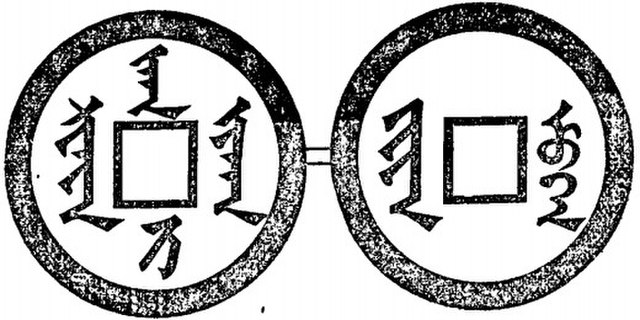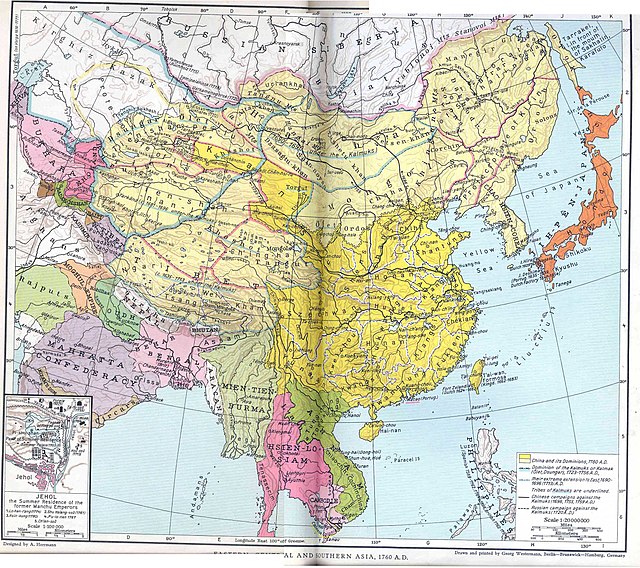China proper, also called Inner China are terms used primarily in the West in reference to the traditional "core" regions of China centered in the southeast. The term was first used by Westerners during the Manchu-led Qing dynasty to describe the distinction between the historical "Han lands" (漢地)—i.e. regions long dominated by the majority Han population—and the "frontier" regions of China where more non-Han ethnic groups and new foreign immigrants reside, sometimes known as "Outer China". There is no fixed extent for China proper, as many administrative, cultural, and linguistic shifts have occurred in Chinese history. One definition refers to the original area of Chinese civilization, the Central Plain ; another to the Eighteen Provinces of the Qing dynasty. There was no direct translation for "China proper" in the Chinese language at the time due to differences in terminology used by the Qing to refer to the regions. Even to today, the expression is controversial among scholars, particularly in mainland China, due to issues pertaining to contemporary territorial claim and ethnic politics.

The approximate extent of China proper during the late Ming dynasty, the last dynasty of China ruled by the Han people.
The Qing dynasty, officially the Great Qing, was a Manchu-led imperial dynasty of China and the last imperial dynasty in Chinese history. The dynasty, proclaimed in Shenyang in 1636, seized control of Beijing in 1644, which is considered the start of the dynasty's rule. The dynasty lasted until 1912, when it was overthrown in the Xinhai Revolution. In Chinese historiography, the Qing dynasty was preceded by the Ming dynasty and succeeded by the Republic of China. The multi-ethnic Qing dynasty assembled the territorial base for modern China. It was the largest imperial dynasty in the history of China and in 1790 the fourth-largest empire in world history in terms of territorial size. With over 426 million citizens in 1907, it was the most populous country in the world at the time.
Manchu cavalry charging Ming infantry battle of Sarhu in 1619
Sura han ni chiha (Coins of Tiancong Khan) in Manchu alphabet
Dorgon (1612–1650)
The Qing conquest of the Ming and expansion of the empire





